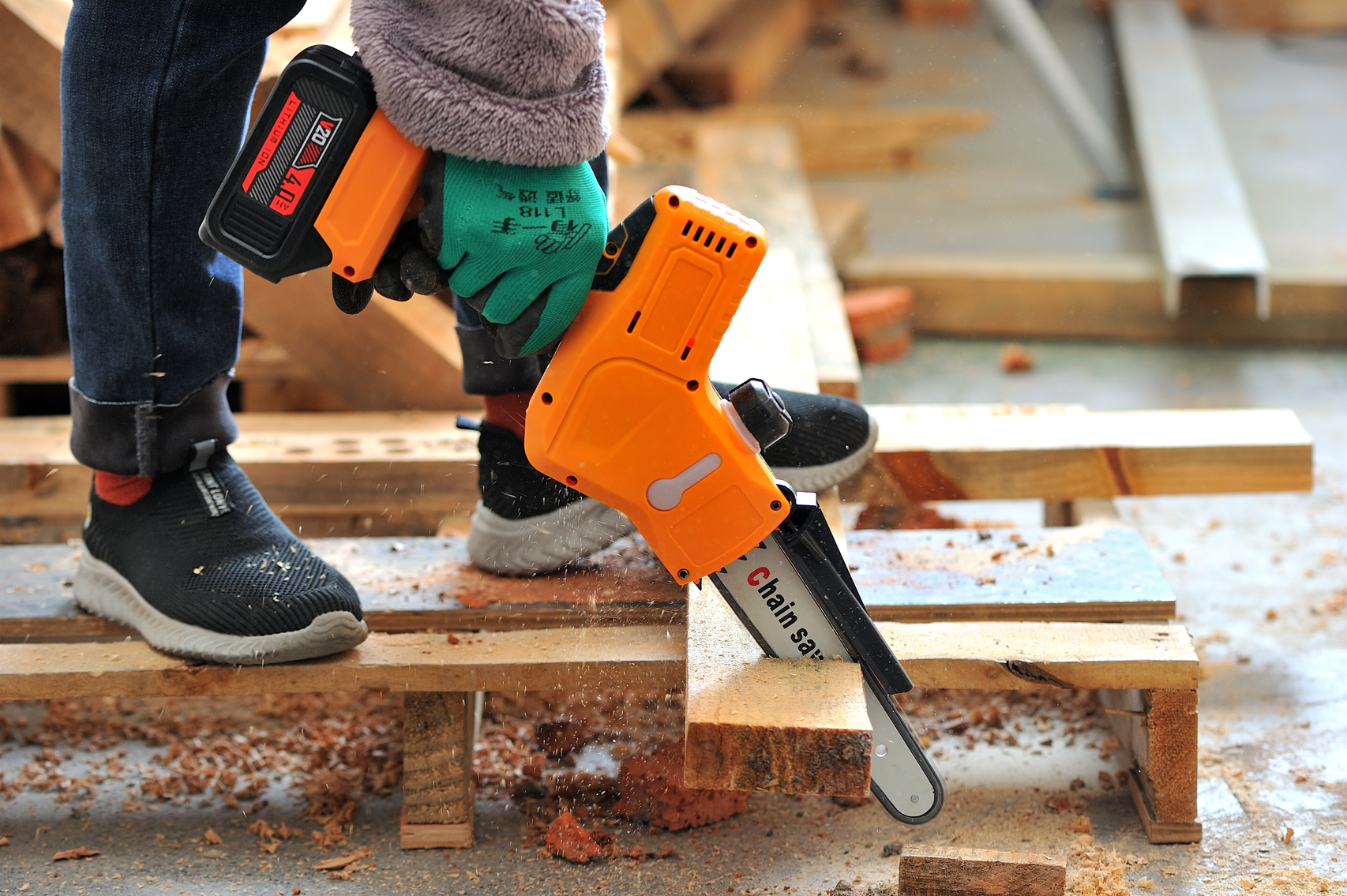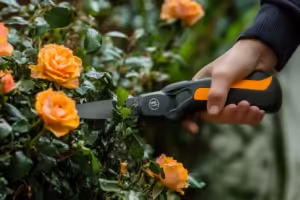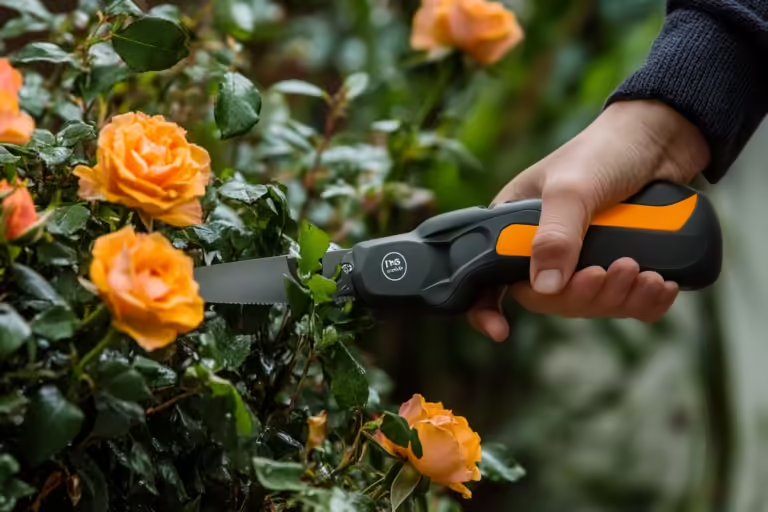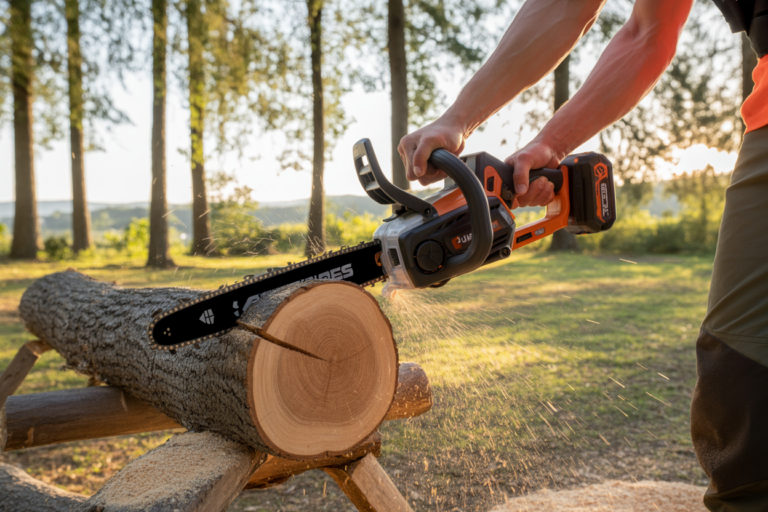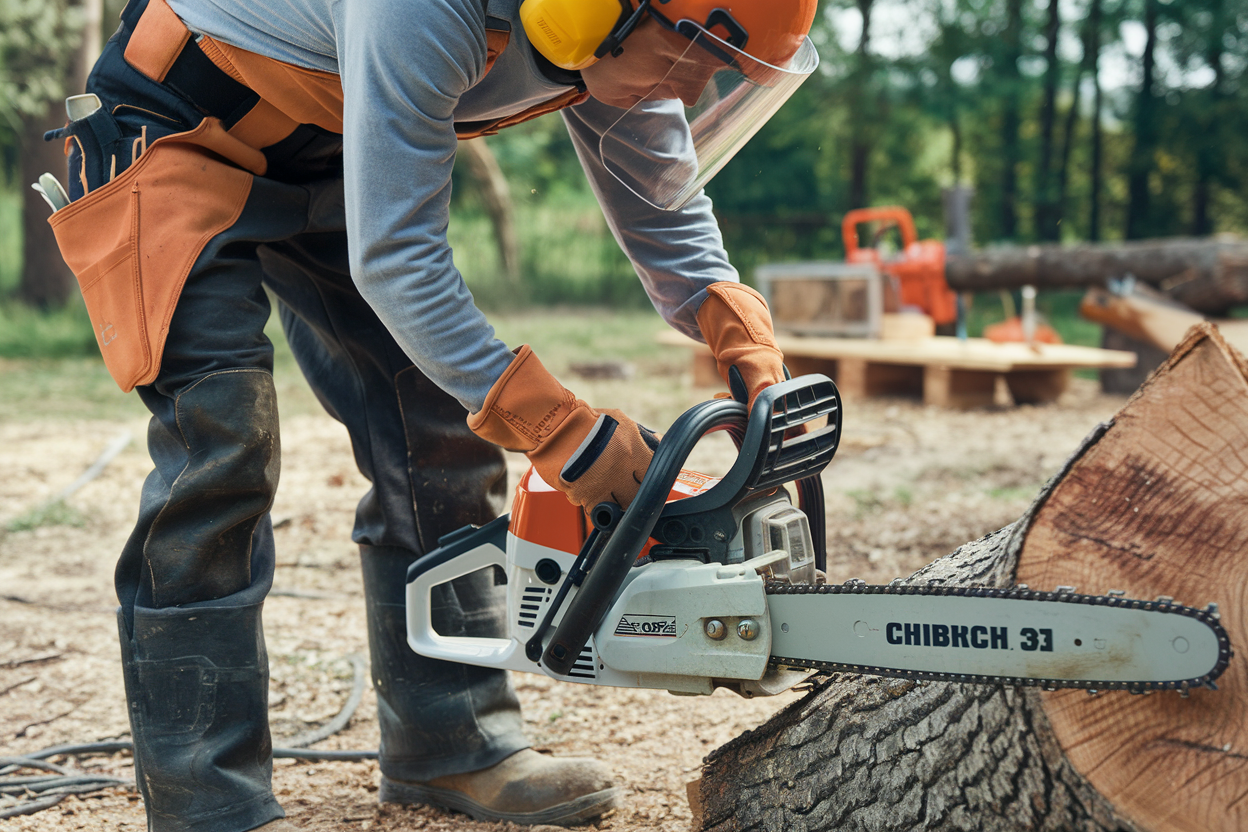
Accidents with chainsaws can be life-threatening, but most are preventable. Following safety guidelines is the first step to confident and secure operation.
Always wear protective gear, inspect the tool before use, and operate in a stable position.
Safety is non-negotiable, especially with power tools like chainsaws. Let’s explore essential precautions to keep you safe while working.
What are the common sizes of cordless chainsaws?
Choosing the right size is critical for efficient and safe use. Sizes typically range from compact models for light tasks to larger ones for heavy-duty projects.
Cordless chainsaws come in sizes from 6 inches to 16 inches, designed for various cutting needs.
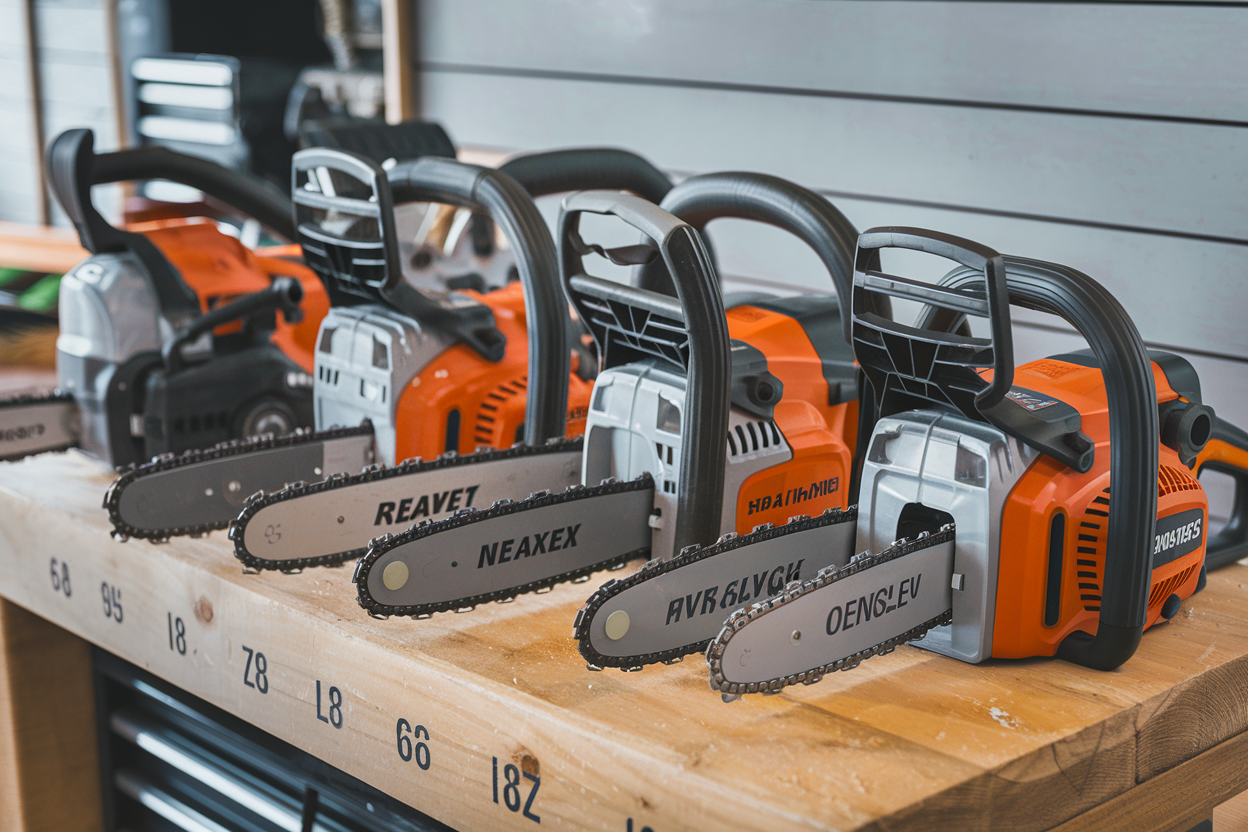
Dive deeper into sizes:
- 4–10 inches: Ideal for pruning and small branches. Perfect for home gardeners.
- 10–12 inches: Suited for medium branches or occasional firewood cutting.
- 16 inches: Designed for professionals tackling thicker logs.
Understanding sizes can save you time and effort. Pick the size that matches your work.
Which is better, brushless motor or brushed motor?
Motors power your tool, but not all motors are equal. The choice between brushed and brushless affects performance and longevity.
Brushless motors are more efficient, durable, and quieter compared to brushed motors.
Here’s why:
- Brushless motors1 have fewer moving parts, reducing wear and maintenance.
- They provide higher torque and better power efficiency.
- While brushed motors are cheaper, they generate more heat and wear faster.
Choose brushless if you value longevity and smoother operation.
What are the automatic oil supply functions of cordless chainsaws?
Chainsaws need lubrication for smooth cutting and to prevent overheating. The automatic oil supply simplifies this task.
An automatic oiling system ensures consistent lubrication for the chain and bar during operation.
Features of automatic oil systems:
- Adjustable flow rates: Control how much oil is distributed.
- Transparent reservoirs: Easy to check oil levels without guesswork.
- Eco-mode options: Reduce oil usage for light tasks.
Automatic oil supply extends tool life and enhances performance.
What are YOUWE's best-selling cordless chainsaw models?
At YOUWE, we understand your need for reliable tools. Our best-sellers balance power, durability, and user comfort.
Our top models include the YOUWE CS-18 Pro and YOUWE MiniSaw 12.
Highlights of our models:
| Model | Bar Length | Motor Type | Best Use |
|---|---|---|---|
| YOUWE YW9052 | 8 inches | Brushless | Home Gardening |
| YOUWE YW9058 | 12 inches | Brushless | Heaving duty cutting |
| YOUWE YW9059 | 16 inches | Brushless | Heaving duty cutting |
Each model is crafted to meet diverse needs, ensuring you find the perfect fit.
What is the difference between a single-handed saw and a double-handed cordless chainsaw?
The type of cordless chainsaw you choose can significantly impact your productivity and safety. Understanding the differences between single-handed chainsaws and double-handed chainsaws is key to making the right decision for your needs.
One-handed saws are lightweight and compact, while two-handed saws provide greater stability, power, and precision.
A closer look at the differences:
| Feature | Single-handed Chainsaw | Double-handed Chainsaw |
|---|---|---|
| Size and Weight | Compact and lightweight | Larger and heavier |
| Best Applications | Pruning, small branches, overhead tasks | Felling trees, cutting thick logs |
| Control and Stability | Less stable, better maneuverability | Enhanced stability and control |
| Power Output | Lower power for lighter tasks | Higher power for tougher jobs |
| Safety | Requires extra caution due to smaller size | More ergonomic and safer for larger tasks |
Advantages of Single-handed Chainsaws
Single-handed chainsaws are perfect for tasks that require agility and ease of handling. These saws shine in tight spaces or overhead tasks2 where control and minimal weight3 are paramount.
- Lightweight Design: Ideal for reducing operator fatigue during extended use.
- Compact Size: Fits easily in hard-to-reach areas.
- Use Case Example: Trimming tall garden hedges or pruning branches near the roofline.
However, their smaller size comes with limitations. They are not suitable for heavy-duty jobs, and their lightweight nature can make them harder to stabilize, especially for beginners.
Advantages of Double-handed Chainsaws
Double-handed chainsaws are built for power and control. They handle more demanding jobs and are the go-to choice for heavy-duty cutting tasks.
- Enhanced Stability: Two hands on the saw reduce vibration and improve precision.
- Higher Power: Handles thick logs or dense wood efficiently.
- Ergonomic Design: Reduces strain on the arms and shoulders during extended cutting sessions.
- Use Case Example: Cutting firewood or felling small trees.
While these saws are bulkier, the added stability and cutting power often outweigh the inconvenience of extra weight, especially for professional use.
Choosing the Right Saw for Your Needs
Questions to ask yourself before deciding:
- What type of projects will I be working on? If you're primarily trimming light branches, a single-handed saw is likely sufficient.
- How experienced am I with chainsaws? Beginners may benefit from the control and stability of a double-handed saw.
- Will I need to work in tight spaces or overhead? If so, the compact size of a single-handed saw could make tasks much easier.
Practical Advice for Buyers:
- For casual gardeners: A one-handed saw is an excellent choice for light trimming tasks.
- For professionals or heavy users: A two-handed saw offers the power and control needed for larger, more demanding jobs.
- Safety first: Always wear protective gear regardless of the saw type. A double-handed saw may be safer for those new to chainsaw operation.
By weighing the pros and cons and matching the saw to your needs, you'll be well-equipped to handle any project with confidence.
What are the accessories for cordless chainsaws?
Accessories enhance safety and tool performance. Having the right extras ensures better results.
Essential accessories include chains, bar covers, sharpening kits, and protective gloves.
Dive deeper into accessories:
- Chains: Keep spares for uninterrupted work.
- Bar covers: Protect the bar from damage during transport.
- Sharpening kits: Maintain chain sharpness for efficient cutting.
- Protective gear: Gloves, goggles, and helmets ensure safety.
Accessories are not just add-ons; they are vital for maximizing productivity and safety.
Conclusion
Safety starts with preparation. From choosing the right size to using proper accessories, every detail matters. Equip yourself with the knowledge and tools for a safe, efficient cutting experience.
-
Explains why brushless motors are preferred, improving the decision-making process. ↩
-
You want to add a link here to help the reader explore the most suitable chainsaws designed for tasks involving overhead cutting. ↩
-
You want to add a link here to inform readers about lightweight chainsaws that are specifically crafted for better handling and reduced fatigue. ↩

